- The Mercury Rising: Modern Findings on Low-Dose Exposure: While the FDA and EPA acknowledge the neurodevelopmental benefits of fish consumption during pregnancy, they have largely glossed over new research about the risks of low-dose mercury exposure. Numerous studies over the last decade indicate that even slight elevations in prenatal mercury levels can have significant harmful effects on cognitive development. The takeaway? Eating more fish can lead to smarter babies, but only if mercury intake is kept in check. There's a fine balance between the nutritional benefits and potential risks involved—fish consumption can be a double-edged sword.
- Outdated Guidelines: The Fuzzy Line Between "Safe" and "Unsafe" Mercury Levels: The EPA's "reference dose" for mercury ingestion dates back to 1999. Given the mounting evidence suggesting that even low doses of mercury can have adverse health effects, it's high time to reevaluate these guidelines. Some experts believe the current recommended limits for mercury exposure are at least 50% too high. If you're eating 12 ounces of seafood a week, you'd need to pick options with very low mercury levels to be within the truly safe range.
- The Incomplete List: More Than Just Eating "More Fish". The advice to "eat more fish" is too simplistic. Mercury levels and omega-3 fatty acids differ drastically between fish species. While some are touted as "lower mercury" options, the reality is that not all these recommendations hold water. For example, canned light tuna and cod aren't low in mercury, and many low-mercury options like tilapia are actually poor in beneficial omega-3s.
- The Tuna Trap: A Fishy Tale. More than one-third of Americans' exposure to mercury comes from tuna. Despite this, guidelines continue to categorize light tuna as a "low-mercury" option and suggest that a weekly 6-ounce serving of albacore tuna is safe. But the truth is, even one such serving significantly exceeds the EPA’s safe limit. Tuna, it turns out, isn't the wholesome choice we’ve been led to believe.
- The Frequent Fish Eater's Dilemma: About 5% of Americans already exceed the recommended fish intake of 8-to-12 ounces per week, and around 10% of women of childbearing age have elevated blood mercury levels. These guidelines don't provide adequate advice for those who frequently consume seafood. Such individuals, especially women and young children, need precise information on which seafood options have the least mercury content.
Your Safe Harbor: Choose Seatopia
In the murky waters of seafood safety, Seatopia offers a beacon of clarity. We provide artisan, farm-raised seafood that undergoes rigorous testing for mercury levels. Sourced through regenerative aquaculture practices and backed by functional medicine doctors, Seatopia is the go-to choice for discerning consumers.
Be part of the sea change. Choose Seatopia for a healthier, happier, and more sustainable you.
*This blog is intended to offer information and encourage a conversation about seafood safety. For personalized health advice, consult your healthcare provider.*


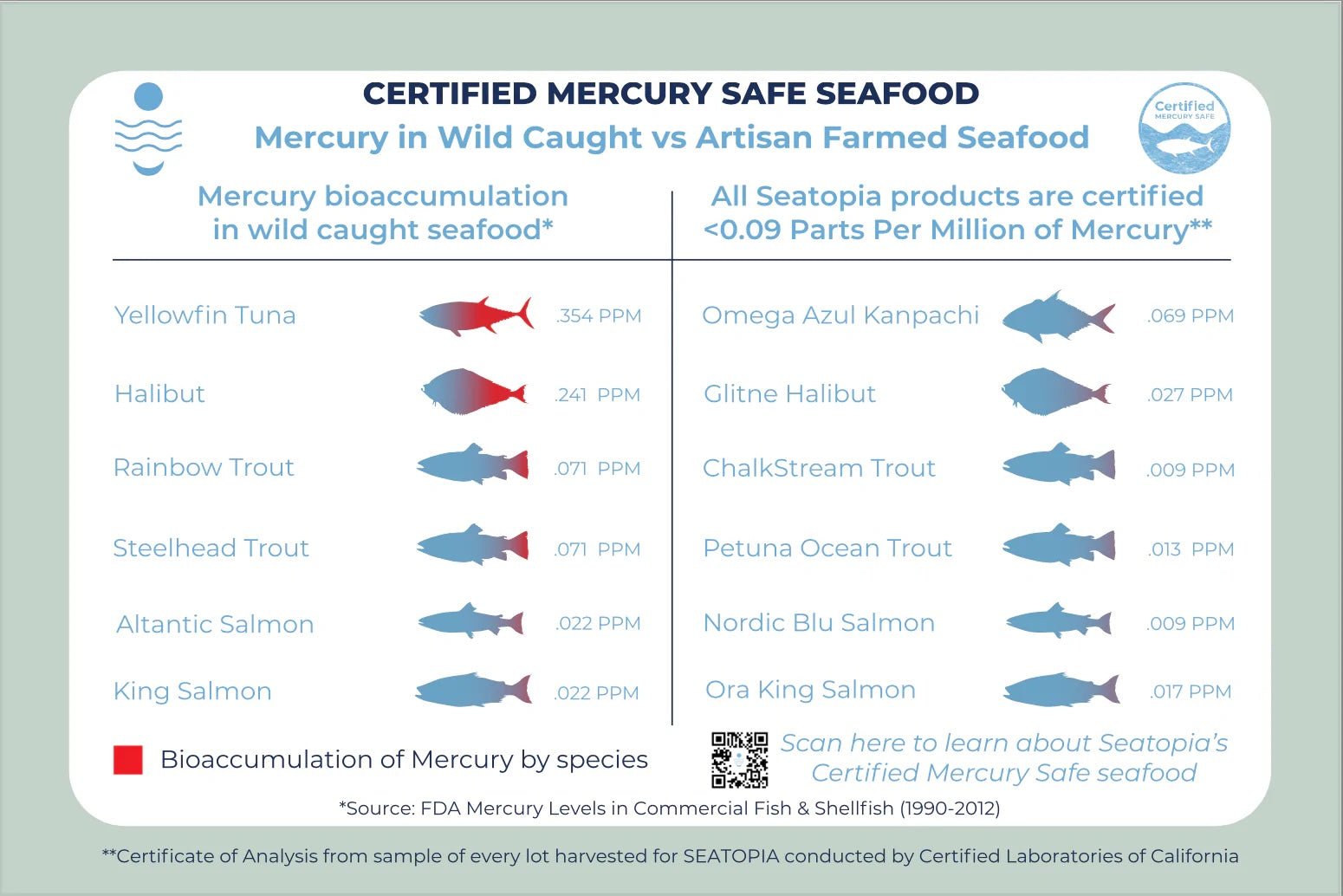
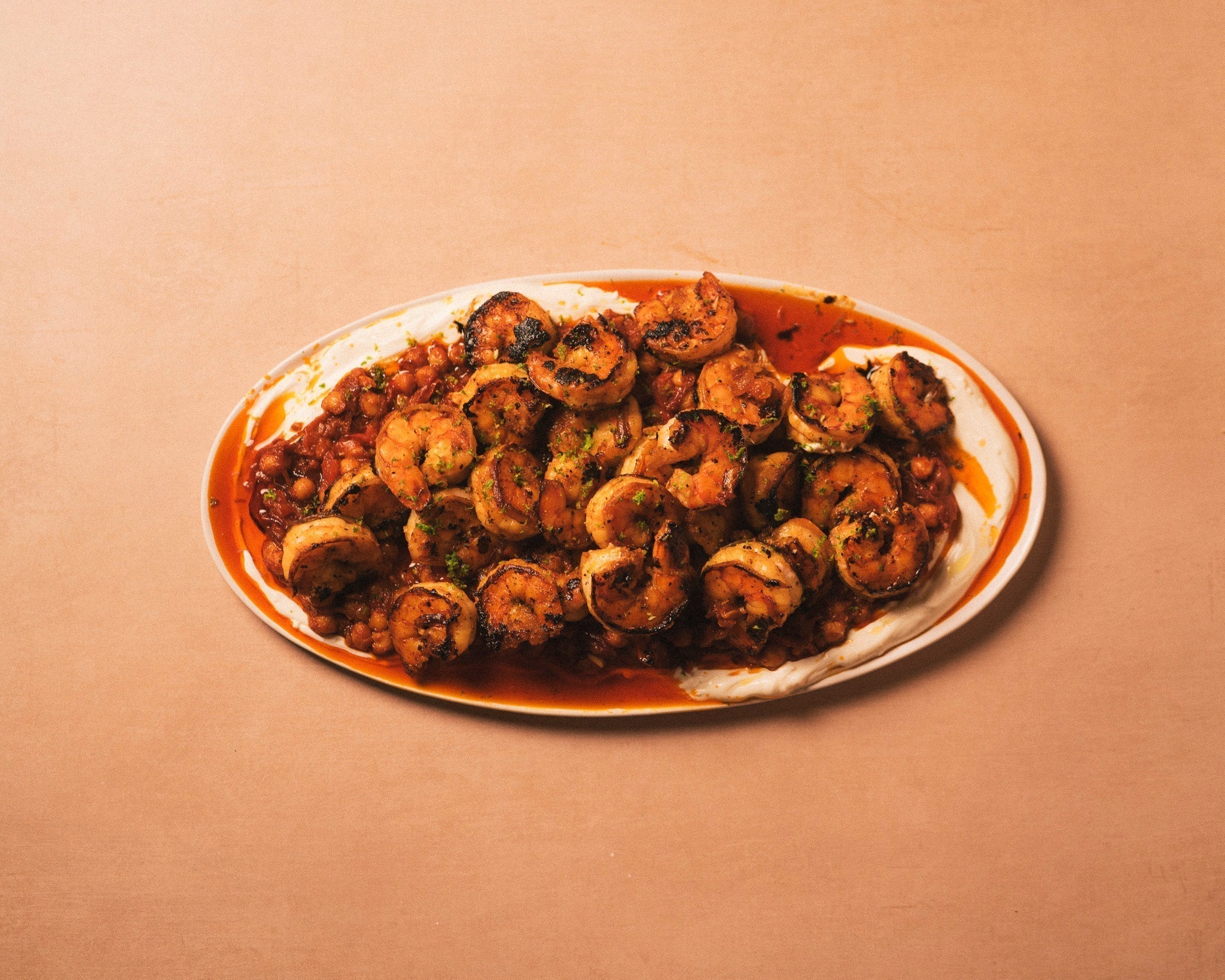
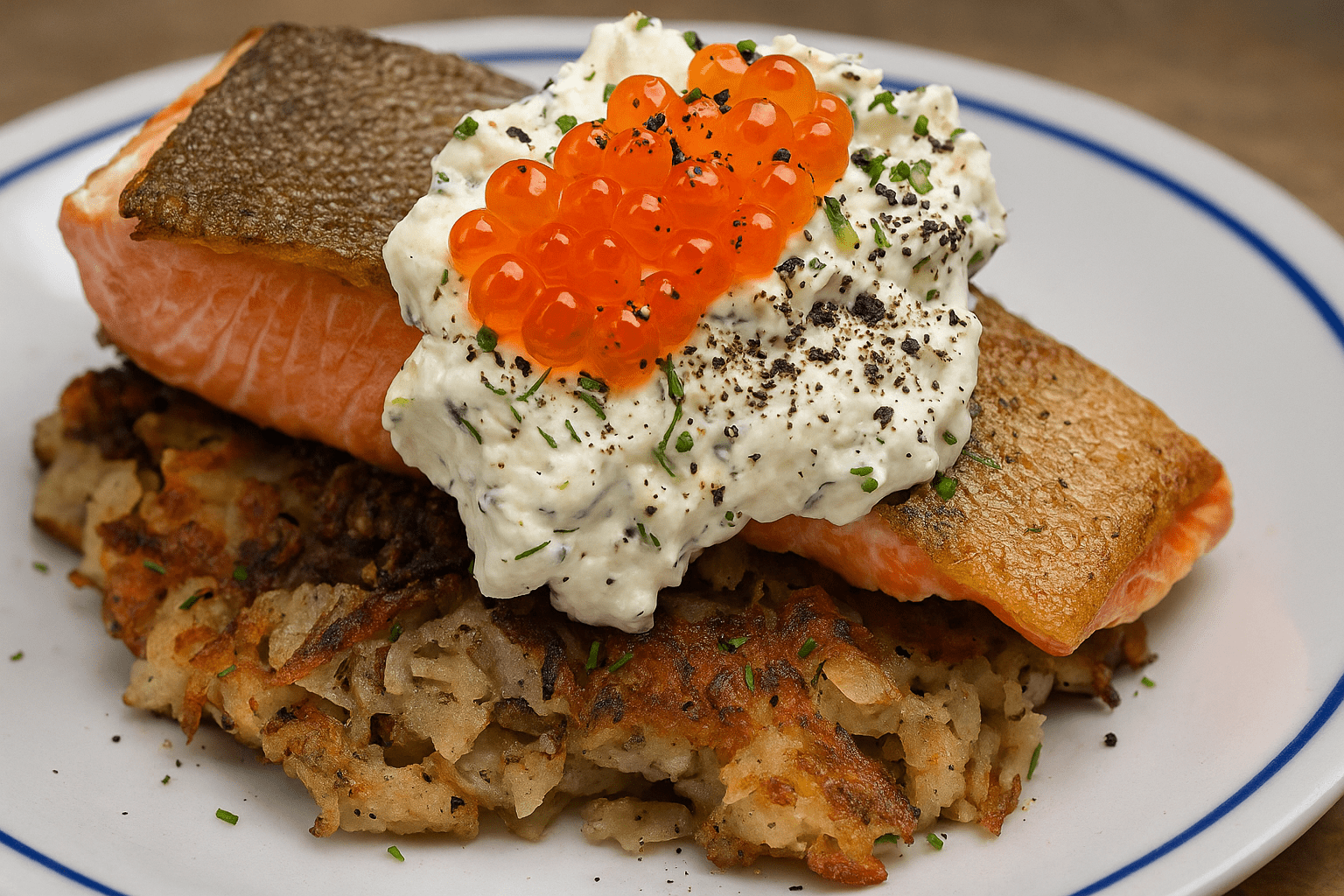
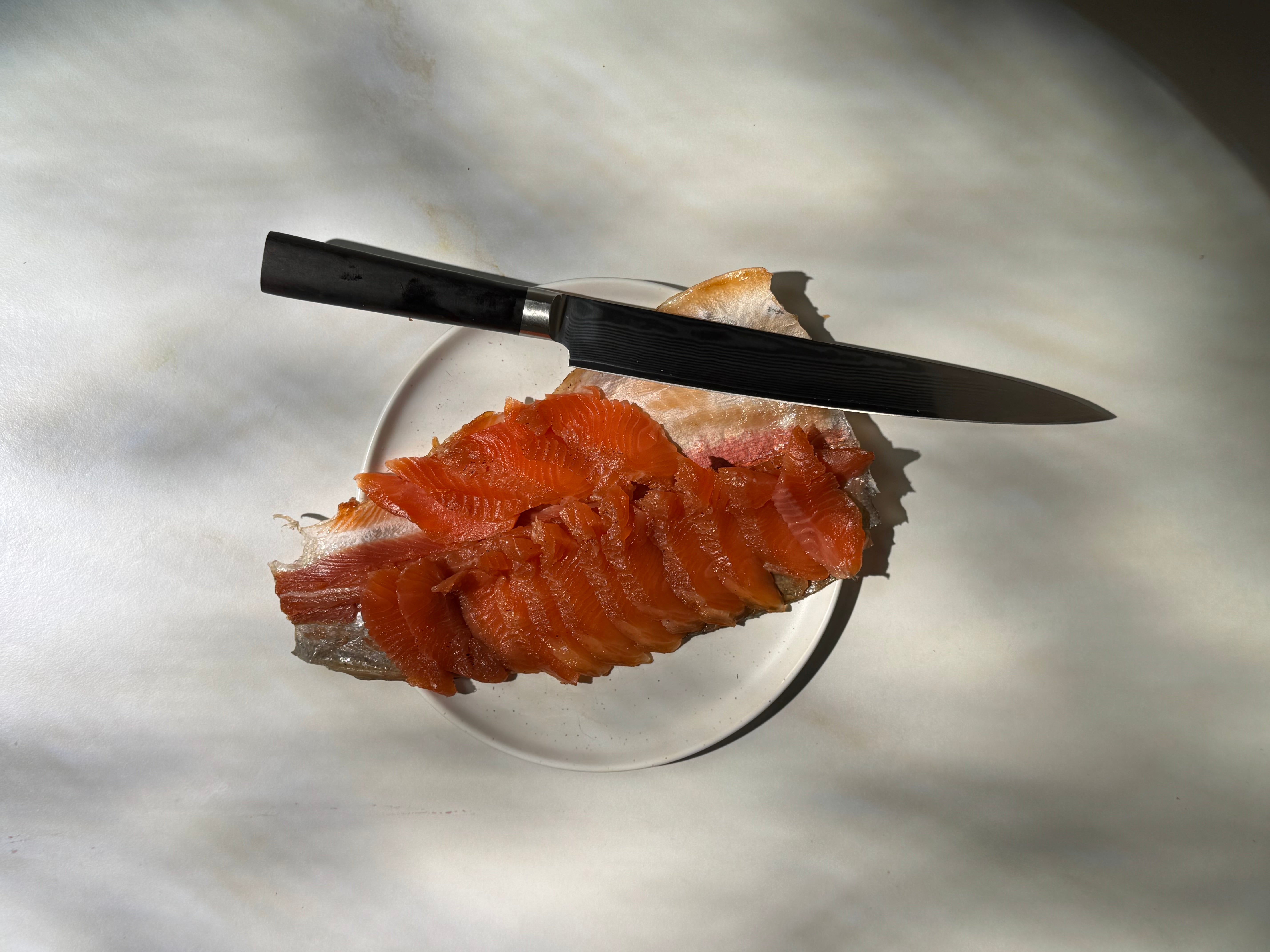
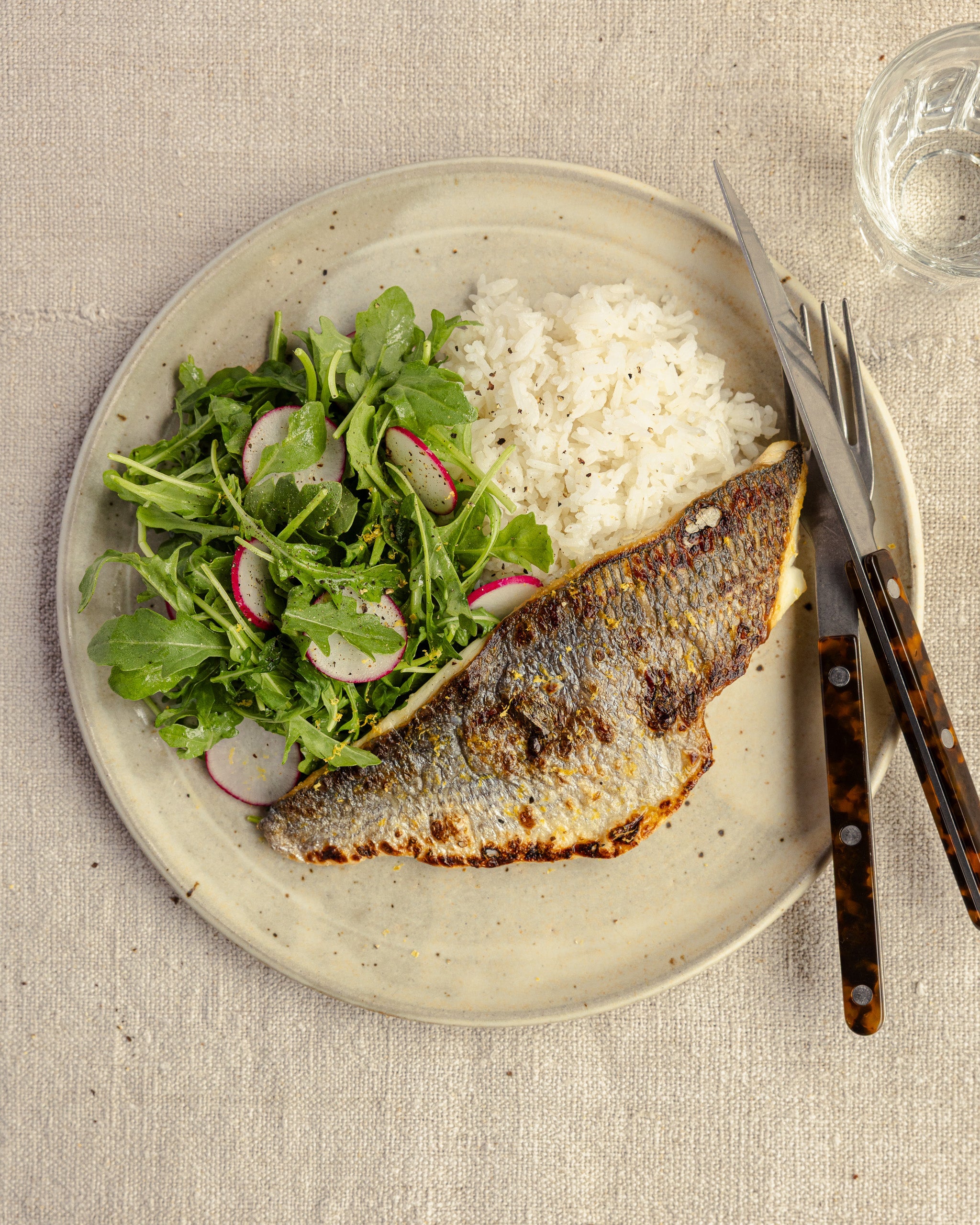
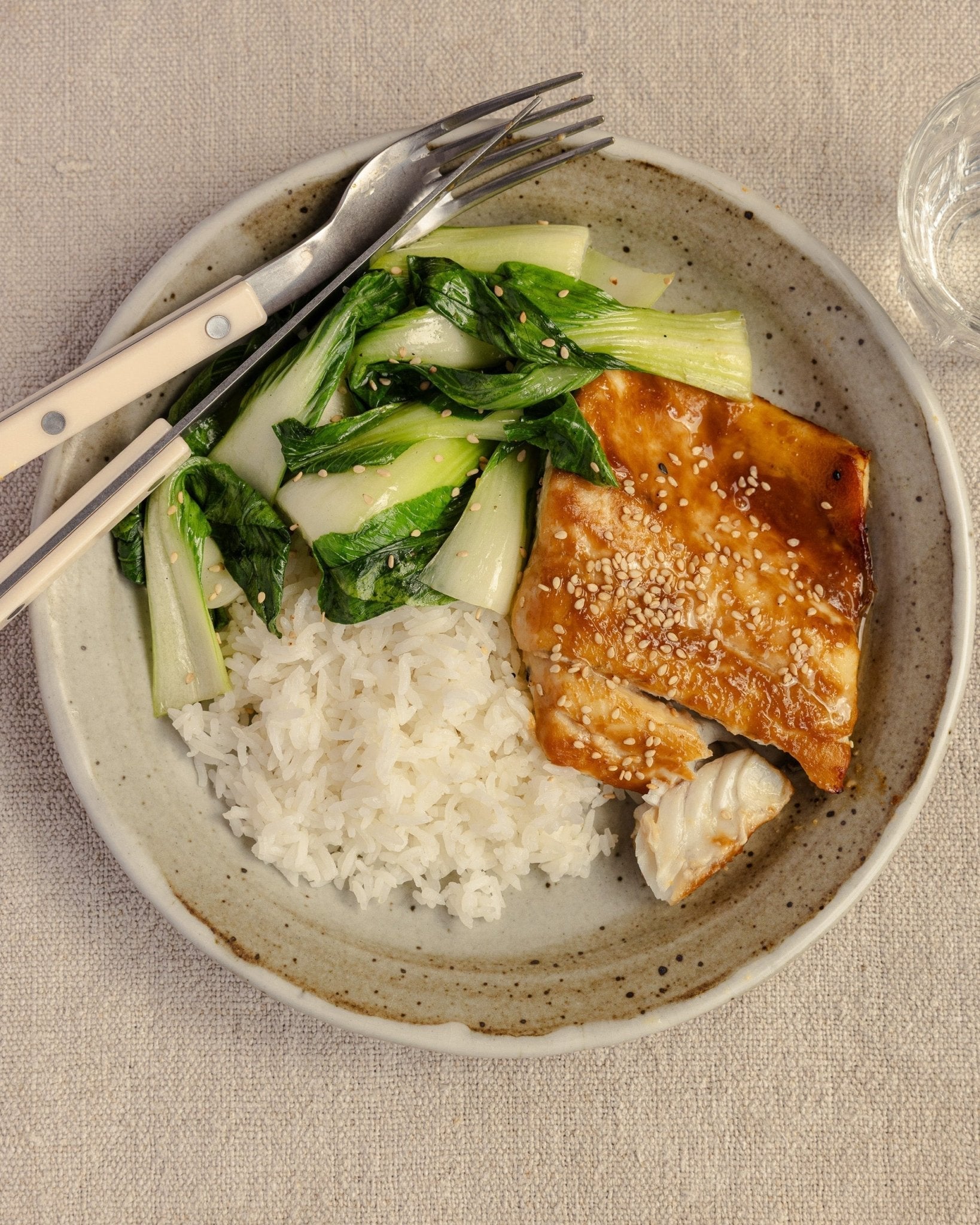
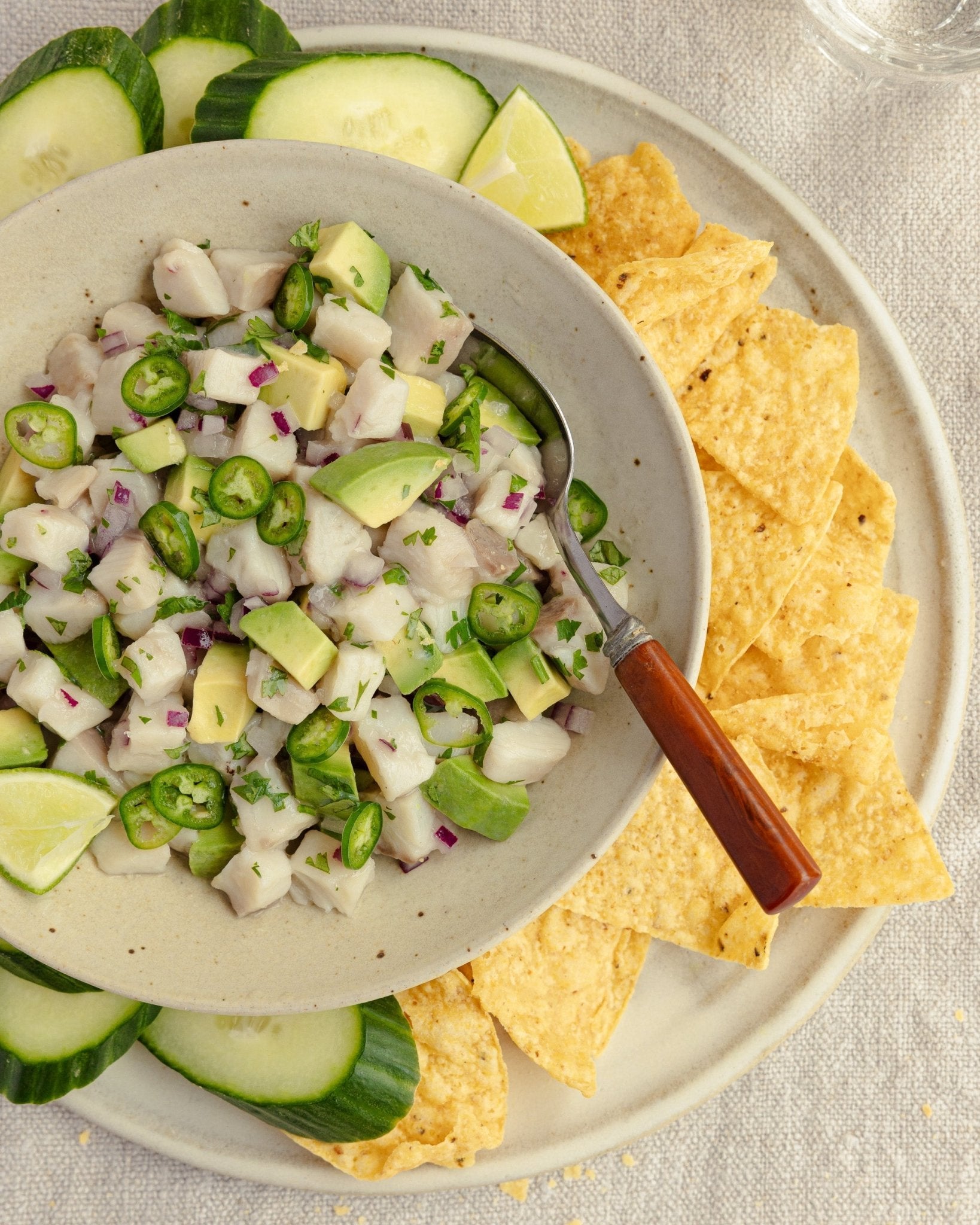
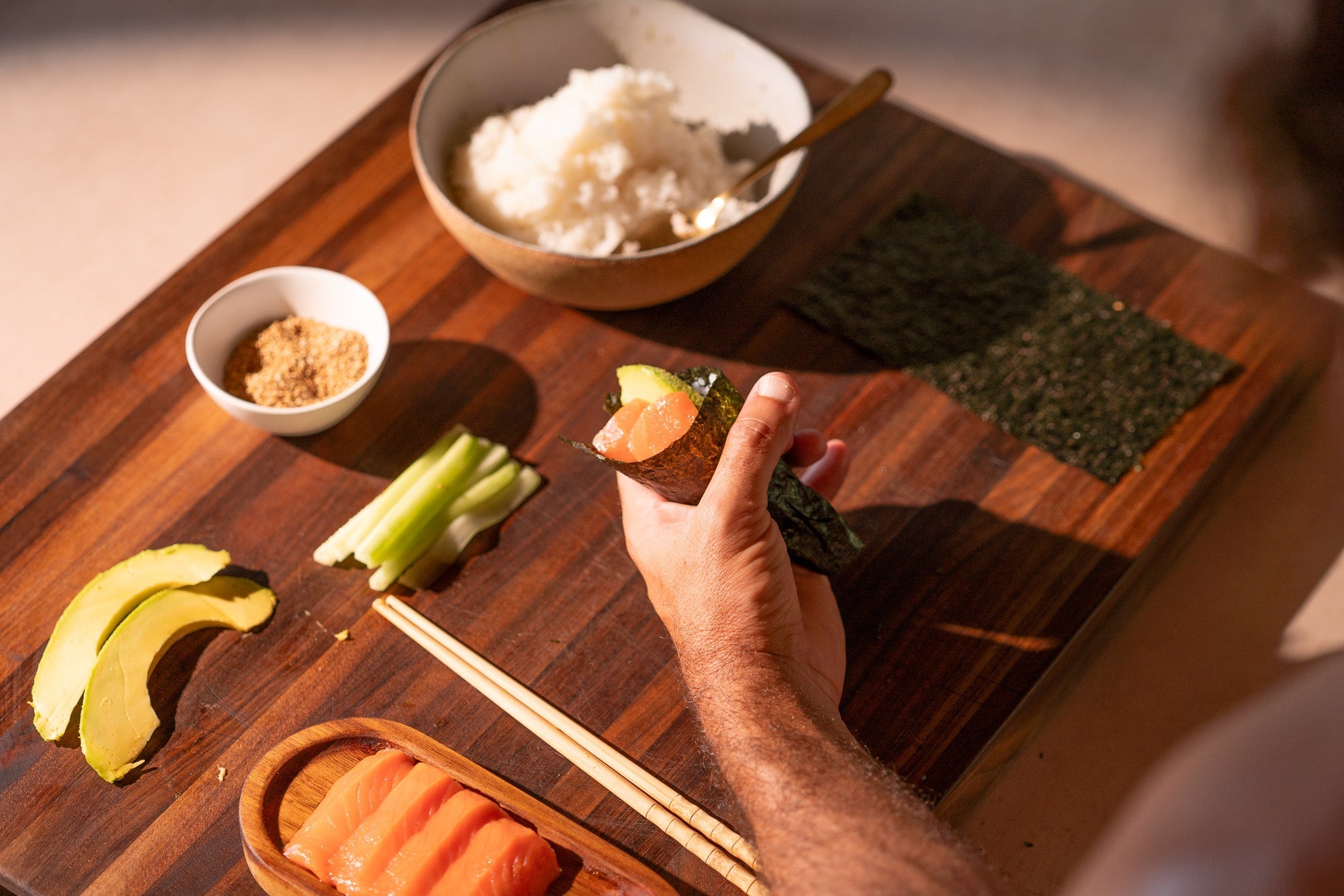
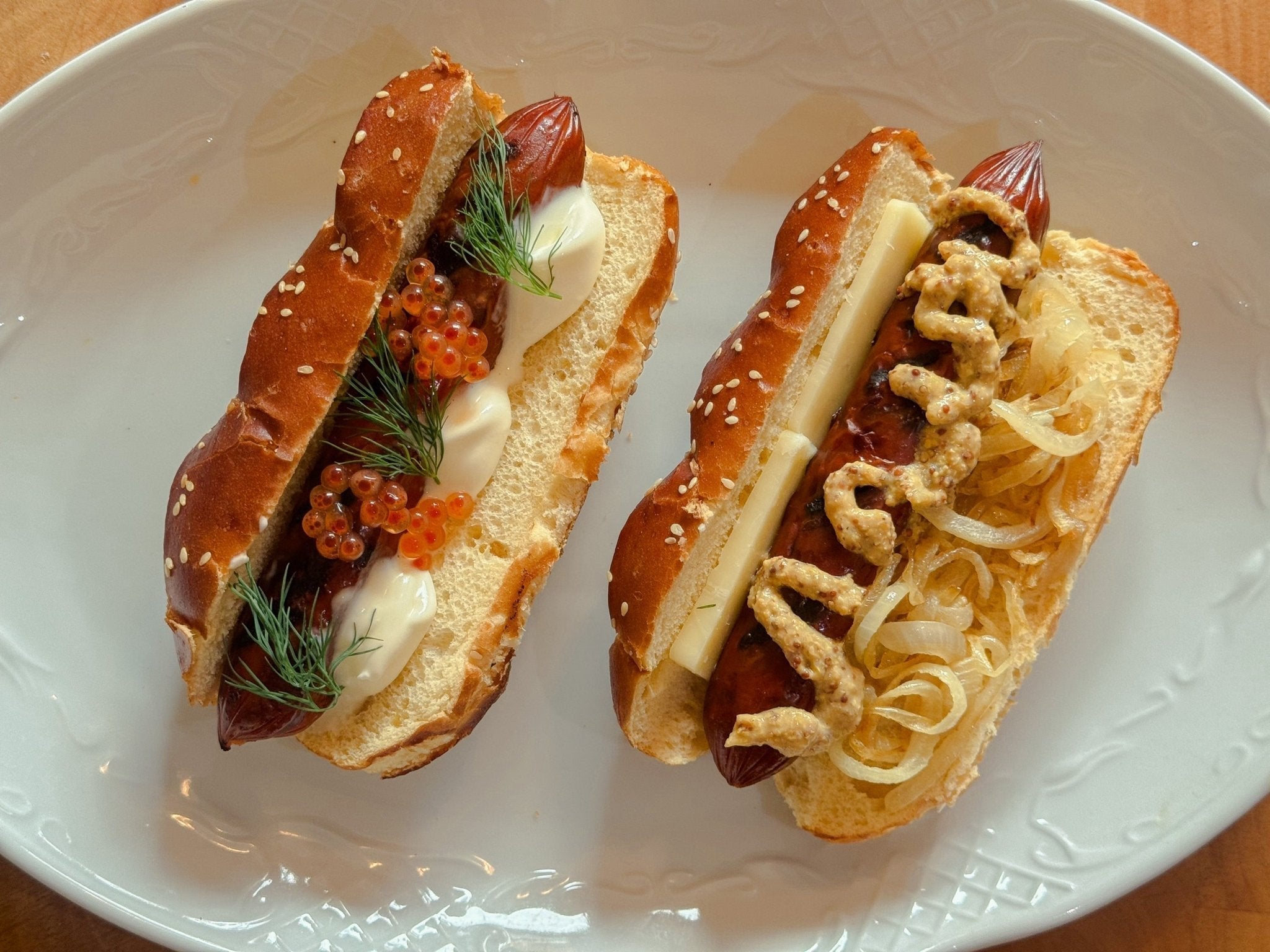
Share:
Turning the Tide: Debunking Myths About Farmed Seafood with Seatopia
The Impact of Overfishing on Branzino aka Mediterranean Sea Bass and the Role of Sustainable Aquaculture